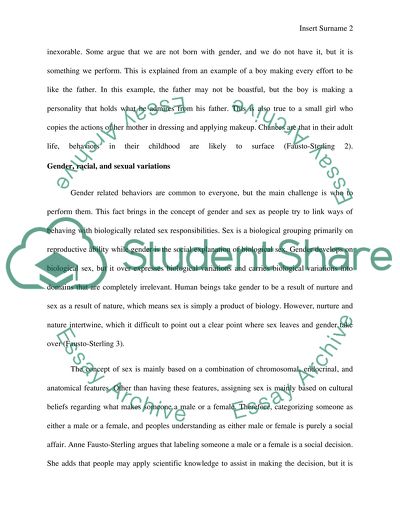Cite this document
(“Ethnicity Essay Example | Topics and Well Written Essays - 1250 words”, n.d.)
Ethnicity Essay Example | Topics and Well Written Essays - 1250 words. Retrieved from https://studentshare.org/literature/1490331-ethnicity
Ethnicity Essay Example | Topics and Well Written Essays - 1250 words. Retrieved from https://studentshare.org/literature/1490331-ethnicity
(Ethnicity Essay Example | Topics and Well Written Essays - 1250 Words)
Ethnicity Essay Example | Topics and Well Written Essays - 1250 Words. https://studentshare.org/literature/1490331-ethnicity.
Ethnicity Essay Example | Topics and Well Written Essays - 1250 Words. https://studentshare.org/literature/1490331-ethnicity.
“Ethnicity Essay Example | Topics and Well Written Essays - 1250 Words”, n.d. https://studentshare.org/literature/1490331-ethnicity.


